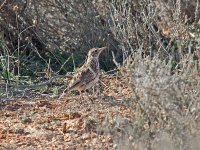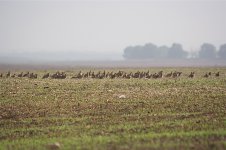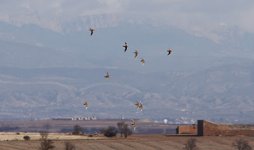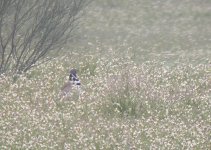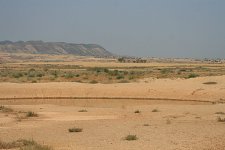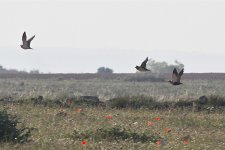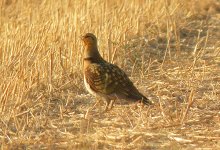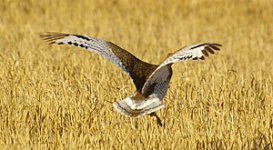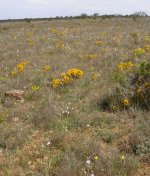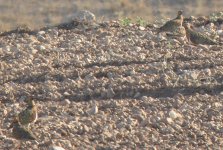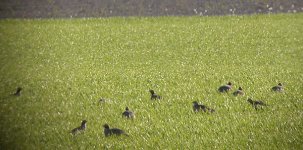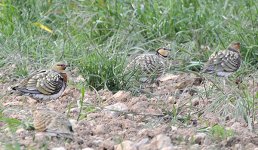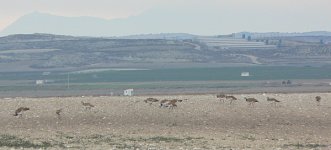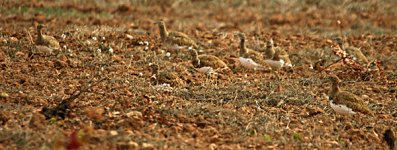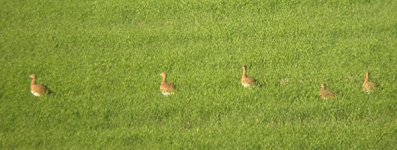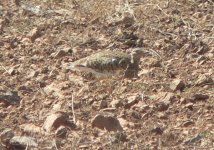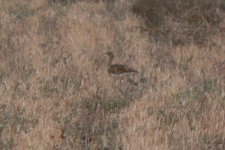A complete guide to finding, watching and photographing Steppe birds, a thorough exposé of their environs and behaviour that contains about 100 pieces of directly relevant information, 20 instructive photos and more than a few field craft trade secrets – including dispelling one or two myths!
Introduction
Without doubt the Steppes is always the first location any birder excitedly pencils in when planning a birding holiday to Spain.
With the vast majority of their respective European populations concentrated in Spain, Great Bustard, Little Bustard, Pin-tailed Sandgrouse, Black-bellied Sandgrouse and of course Dupont’s Lark would be on any bird watcher’s list.
But if you think scanning for a bendy beak at daybreak, staking out a watering hole and then checking the fields for those big bustards is all there is to birding in the Steppes, think again. It will provide you with one of the most challenging experiences of your birding life.
But, of course, all the more thrilling for it...the attached Dupont's Lark photo was taken by David Linstead at 1115h on 28th February after almost giving up due to strong winds!
Please remember that everything contained below is based upon my own experiences over 11 years as a bird guide and may not reflect what others have recorded elsewhere.
I've broken it down into the following sections and will try to use photos to illustrate points where possible:
1. Songs, calls and other noises
2. Habitat
3. Time of year and its effect on birds' behaviour
4. Time of day and its effect on birds' behaviour.
5. General behaviour and field craft tips.
I hope it's of use.
Introduction
Without doubt the Steppes is always the first location any birder excitedly pencils in when planning a birding holiday to Spain.
With the vast majority of their respective European populations concentrated in Spain, Great Bustard, Little Bustard, Pin-tailed Sandgrouse, Black-bellied Sandgrouse and of course Dupont’s Lark would be on any bird watcher’s list.
But if you think scanning for a bendy beak at daybreak, staking out a watering hole and then checking the fields for those big bustards is all there is to birding in the Steppes, think again. It will provide you with one of the most challenging experiences of your birding life.
But, of course, all the more thrilling for it...the attached Dupont's Lark photo was taken by David Linstead at 1115h on 28th February after almost giving up due to strong winds!
Please remember that everything contained below is based upon my own experiences over 11 years as a bird guide and may not reflect what others have recorded elsewhere.
I've broken it down into the following sections and will try to use photos to illustrate points where possible:
1. Songs, calls and other noises
2. Habitat
3. Time of year and its effect on birds' behaviour
4. Time of day and its effect on birds' behaviour.
5. General behaviour and field craft tips.
I hope it's of use.
Attachments
Last edited:




